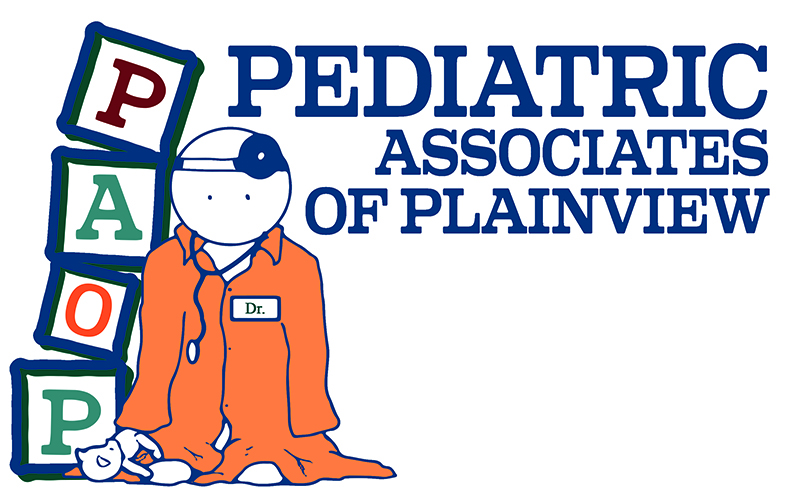Sun Safety For Kids
How Can Levittown Pediatrics Help You?
After a long winter, your kids are likely ready to store away their winter coats, smell the fresh air, and enjoy having fun outdoors again. As the weather gets warmer and the sun gets stronger, the risk for your children getting sunburnt is increased. The team at Pediatric Associates of Plainview, our center for Levittown pediatrics, would like to emphasize the importance of practicing sun safety with your children this summer.
Overview
Believe it or not, our bodies need sun exposure. When the skin is exposed to the sun’s rays, the body produces Vitamin D which is essential for the absorption of calcium for our bones. However, the body only needs a small amount of exposure to the sun to be able to produce the necessary amount of Vitamin D. Too much sun exposure can damage the skin, suppress the immune system, and even lead to skin cancer.
Sunburns
As the sun rays hit the earth, its lights consist of UV rays. The two main types of UV Rays that reach the earth are UVA Rays and UVB Rays.
- UVA Rays– These rays make up the majority of our sun exposure as they are more present in sunlight than UVB rays. They also contribute to the development of sun cancer as well as premature aging.
- UVB Rays– These rays are the ones responsible for sunburn development. However, traditional sunscreens are more useful for blocking UVB rays than UVA rays. Exposure to UVB rays is also more likely to cause skin cancer.
When exposed to the sun for long periods, the UV rays react with melanin, a chemical present in the skin. The darker the skin tone, the higher the levels of melanin that are naturally present. A sunburn develops when the level of exposure to UV rays is greater than the amount of exposure the skin’s melanin can protect.
Sun Protection Tips
Regardless of skin tone, everyone need’s protection from the sun. While your kids are outdoors enjoying the sun and having fun, here are some important tips we would like to share to help prevent them from getting burnt:
- Apply sunscreen with an SPF 30 or higher to your kids. Make sure it is broad-spectrum and water-resistant. Apply often and generously.
- The sun’s rays are at its strongest between 10 AM to 4 PM. It is best to avoid the outdoors during this time. If you cannot, try to stay in the shade as much as possible.
- Dress them in light, comfortable clothing that covers as much of the body as possible.
When Sunburn Occurs
We get it, sometimes sunburns do happen. Luckily, the team at our center for Levittown Pediatrics has some tips for you to follow in case your child gets burnt this summer:
- Don’t touch. Encourage your kids to not scratch or peel any loose skin to prevent infections.
- Have your child take cool baths.
- Apply ice packs to ease the pain.
- Use Aloe Vera gel on the affected area.
- Apply moisturizing cream to promote healing and alleviation.
Levittown Pediatrics
If the sunburn is severe, please contact the team at Pediatric Associates of Plainview. Our Levittown Pediatrics team will assess the affected area and take immediate action to help your child get back to enjoying the outdoors.
